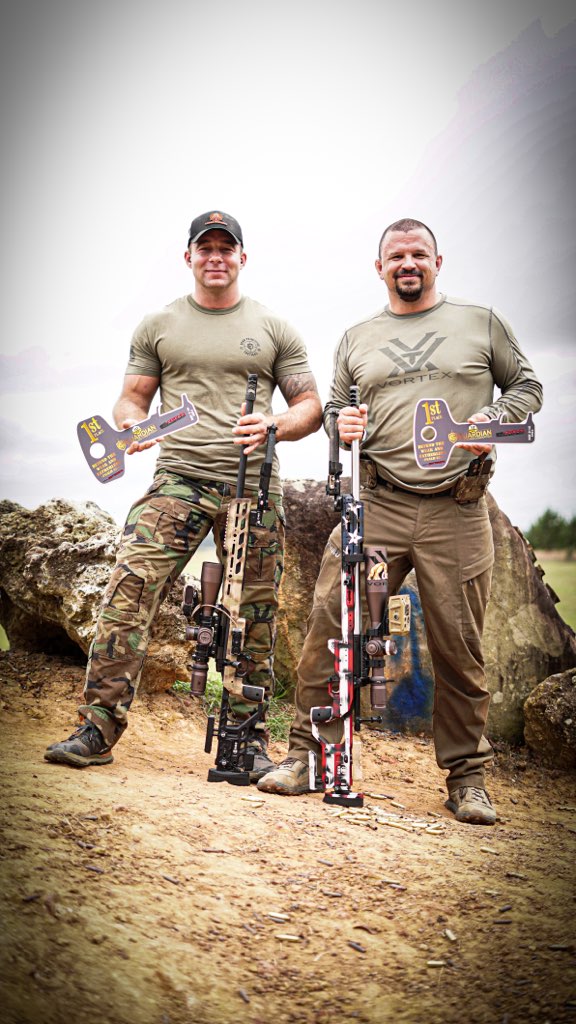
RELEVANCE: THE ROLE OF COMPETITON IN SHAPING MODERN SNIPERS
1. The Evolution of Military Sniper Training
Over the past five years, military sniper schools have undergone significant transformation. The shift can be attributed to a growing recognition of the value of competition in honing sniper skills. Whereas traditional training relied heavily on static drills and pre-defined scenarios, the integration of competitive elements has introduced a dynamic, performance-driven approach. This shift has not only elevated the training experience but also aligned military sniper education with the ever-changing demands of modern conflict.
2. The Role of Competition in Skill Development
Competition provides a unique environment for snipers to test their skills under pressure, much like the conditions they will face in the field. It’s not just about showcasing talent; it’s about simulating the unpredictable nature of military operations. In the chaos of combat, snipers must problem-solve, adapt, and remain calm under high-pressure situations. Competitive events replicate these real-world scenarios, giving snipers the chance to sharpen their decision-making abilities, manage stress, and operate effectively while under fire. The results speak for themselves: competition helps create more competent, capable snipers who are better prepared for the complexities of actual combat.
3. Fostering Innovation Through Competition
As military technology and sniper equipment continue to evolve at a rapid pace, it’s essential that training programs remain current and effective. What was relevant five years ago may no longer be applicable today. Competition plays a crucial role in identifying and testing the latest techniques and equipment. By forcing snipers to push the limits of their abilities, competitions reveal new, innovative approaches to training and operational strategies. This not only benefits individual snipers but also provides valuable insights for the broader military community, ensuring that training evolves alongside technological advancements.
4. Competition as a Catalyst for Excellence
Ultimately, competition serves as a barometer of a sniper's true potential. Winning a competitive event is more than just an achievement; it’s proof that a sniper has successfully discerned what works amidst a variety of approaches and technologies. Those who emerge victorious in these environments demonstrate not only technical proficiency but also the capacity to innovate and adapt under pressure. As the military continues to emphasize the importance of competition, it will foster a generation of snipers who are not only highly skilled but also forward-thinking, able to navigate the rapidly changing landscape of modern warfare.